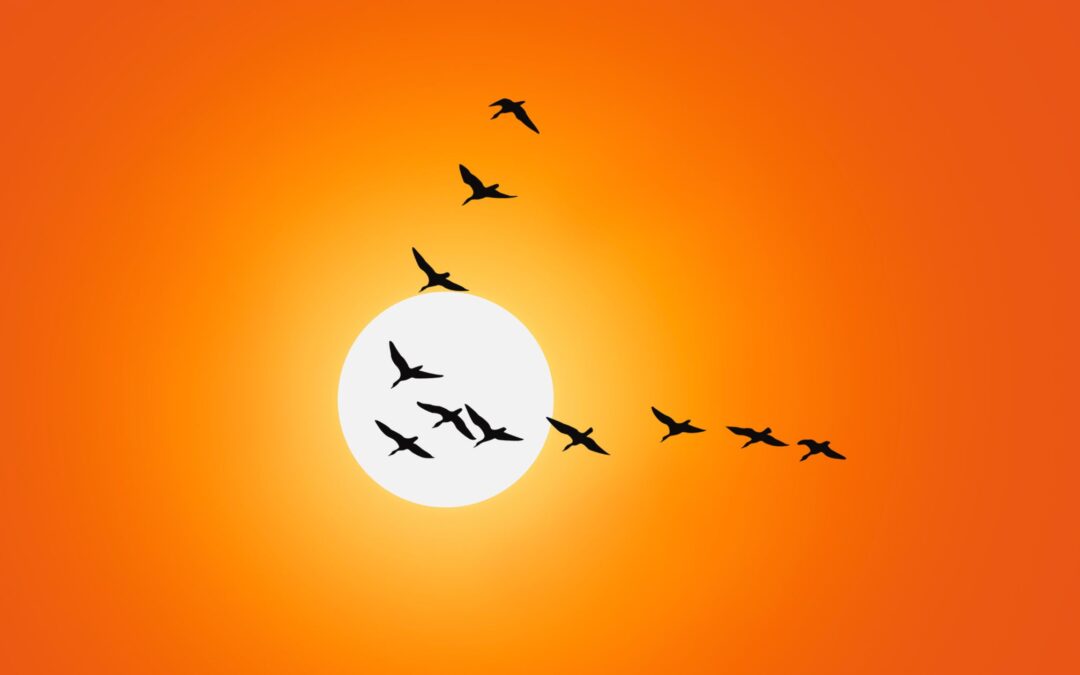The Goose Story
This fall when you see geese heading south for the winter, flying alone in “V” formation, you might be interested to know what science has discovered about why they fly that way.
It has been learned that as each bird flaps its wings it createsadidas factory nike air max new best sex toys for women cheap soccer jerseys best human hair wigs online custom nfl jerseys nfl fantasy nike air max plus custom football jerseys nfl plus rams super bowl ring nike air max 270 women’s sale nike air max plus black best nfl uniforms custom baseball jersey an uplift for the bird immediately following.
By flying in a “V” formation, the whole flock adds at least 71% greater flying range than if each bird flew on its own.
People who share a common direction and sense of community can get where they are going quicker and easier because they are traveling on the thrust of one another.
Whenever a goose falls out of formation, it suddenly feels the drag and resistance of trying to do it alone, and quickly gets into formation to take advantage of the lifting power of the bird immediately in front.
If we have as much sense as a goose, we will stay in formation with those who are headed the same way we are going.
When the lead goose gets tired, he or she rotates back in the wing and another goose flies point.
It pays to take turns doing hard jobs, whether it’s people or geese flying south.
The geese honk from behind to encourage those up front to keep up their speed.
What do we say when we honk from behind?
Finally, when a goose gets sick or is wounded by gun shots and falls out, two geese fall out of formation and follow him down to help and protect him.
They stay with him until he is either able to fly or until he is dead, and they then launch out on their own or with another formation to catch up with the group.
If we have the sense of a goose, we will stand by each other like that.
– Source Unknown

